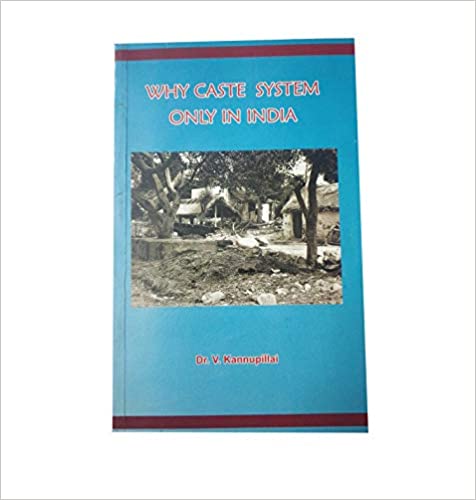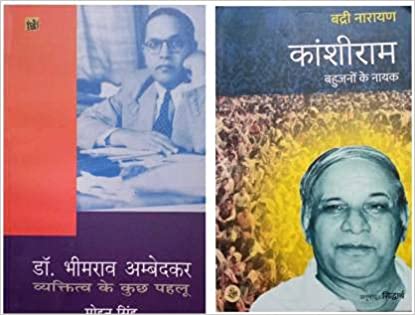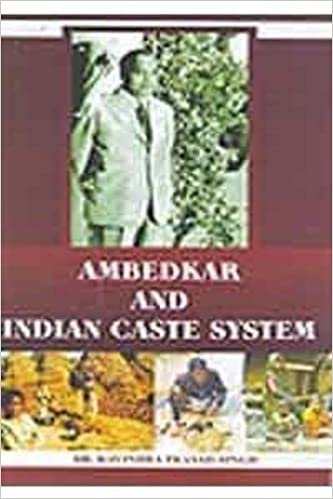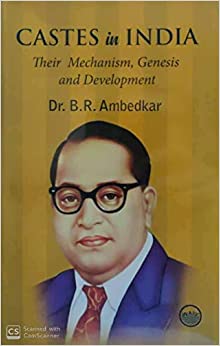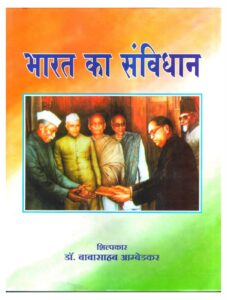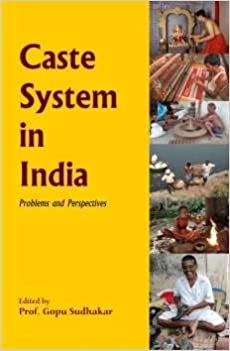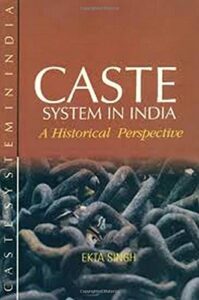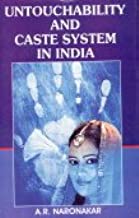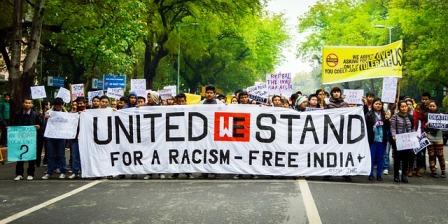Table of Contents
- Roots of Caste System
- Solutions to the Caste System.
- The Importance of Dialogue and Empathy.
- Conclusion.
Roots of Caste System
India is known for its diverse culture and traditions, but one of the most significant issues that have plagued the country for centuries is the caste system. The caste system is a hierarchical social system that categorizes people based on their birth, occupation, and family background. It has created a rigid social structure where people are discriminated against based on their caste, leading to deep-rooted social and economic inequality.
The caste system is a social hierarchy that has been in place in India for centuries. It is a system that has led to discrimination, inequality, and oppression of those who are considered to be of lower castes. Despite being illegal in India, the caste system still exists today, and its impact can be felt in every aspect of life for those who are affected by it.
The caste system has its roots in ancient Hinduism, where it was believed that people were born into their castes based on their karma and past lives
The caste system is based on the idea of “varnas,” or social classes, which are divided into four categories: Brahmins (priests and scholars), Kshatriyas (warriors and rulers), Vaishyas (merchants and traders), and Shudras (laborers and artisans). There is also a fifth category, the “untouchables,” or Dalits, who are considered outside of the caste system altogether.
Human Limitations due to Caste System.
Those who are born into a particular caste are expected to remain within that caste for their entire lives. This means that they are limited in terms of their social, economic, and educational opportunities. They are often subjected to discrimination and prejudice, and their access to resources is restricted. In many cases, they are even prevented from participating in certain rituals and ceremonies, or from entering certain places.
The impact of the caste system can be seen in many aspects of life. For example, those who are considered to be of lower castes often have limited access to education, which can limit their employment opportunities and their ability to improve their socioeconomic status. They may also face discrimination in the workplace, and may be paid less than their higher-caste counterparts.The discrimination faced by lower castes has led to a lack of opportunities, education, and employment, leading to poverty and economic inequality. The Dalits face discrimination in every aspect of life, including access to water, education, and healthcare. The upper castes hold most of the wealth and power in society, leaving the lower castes in a perpetual state of disadvantage.
Caste System & it’s Affects on Social Relationships.
The caste system also affects social relationships. Those who are considered to be of lower castes may be excluded from social events and activities, and may be treated with suspicion and disdain by those of higher castes. They may even be prevented from marrying someone of a higher caste, which can limit their choices and perpetuate the cycle of inequality.The caste system has also led to social division and conflict. The discrimination faced by lower castes has led to resentment and anger, which has sometimes boiled over into violence. There have been numerous instances of caste-based violence, including massacres and riots, which have claimed countless lives.
Despite the fact that the caste system is illegal in India, it is still a deeply ingrained part of the culture. Changing this system is not easy, and requires a concerted effort from individuals, communities, and the government. This effort must begin with education, as many people are unaware of the extent of the problem and the impact that it has on those who are affected by it.
How Education Can Help to Eradicate Caste System.
Education can also help to break down the stereotypes and prejudices that are associated with the caste system. By teaching children about the value of diversity and the importance of treating all people with respect, we can create a generation of individuals who are more open-minded and accepting.
In addition to education, it is also important to address the root causes of the caste system. This means addressing issues such as poverty, inequality, and lack of access to resources. It also means challenging the traditional power structures that are responsible for perpetuating the caste system.
Ultimately, the caste system is a complex problem that requires a multifaceted approach. It requires education, awareness, and a commitment to social justice. It requires a willingness to challenge traditional power structures and to work towards a more equal and just society. By working together, we can begin to dismantle the caste system and create a world where all people are treated with dignity and respect, regardless of their caste or background.
Solutions to the Caste System.
Eliminating the caste system is not an easy task, but there are some steps that can be taken to reduce its impact and ultimately eradicate it.
- Education: Education is the key to breaking the cycle of poverty and discrimination. Providing quality education to all, regardless of their caste, can create equal opportunities and empower the lower castes to achieve their full potential.
- Awareness and Sensitization: Increasing awareness about the harmful effects of the caste system and sensitizing people to its negative impact can help reduce discrimination and promote social cohesion.
- Economic Empowerment: Providing economic opportunities to the lower castes through policies such as reservations and affirmative action can help reduce economic inequality and provide them with a level playing field.
- Legal Measures: Strict laws must be implemented to punish those who discriminate against people based on their caste. The laws must be strictly enforced to send a message that discrimination will not be tolerated.
The Importance of Dialogue and Empathy.
To address the issue of the caste system, it is crucial to engage in open and honest dialogue. People from different castes must come together to share their perspectives and experiences, listen to each other with empathy, and work towards finding common ground. This can be achieved through various platforms such as community meetings, seminars, and workshops.
Empathy is also crucial in understanding the plight of those who have been discriminated against because of their caste. Empathy involves putting oneself in another person’s shoes, understanding their experiences, and feeling their emotions. It helps to build bridges between people from different castes, promoting unity, and creating a sense of common purpose.
Conclusion.
The caste system is a blight on Indian society that has caused immense harm over the centuries. Its long-term effects on Indian society are evident in the economic and social inequality that exists today. However, with the right policies and measures, it is possible to reduce its impact and eventually eradicate it. It is time for the people of India to come together and take steps to create a society where everyone is treated with respect and dignity, regardless of their caste. It is essential to create a society where everyone is treated with respect and dignity, regardless of their caste. By working together, people of different castes can break down the barriers that separate them, promote social cohesion, and create a brighter future for generations to come. Let us come together to end the caste system and create a society where every individual is valued and respected.


